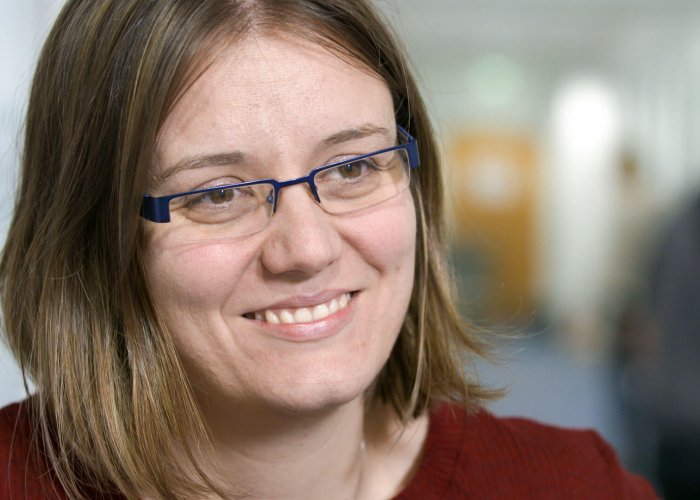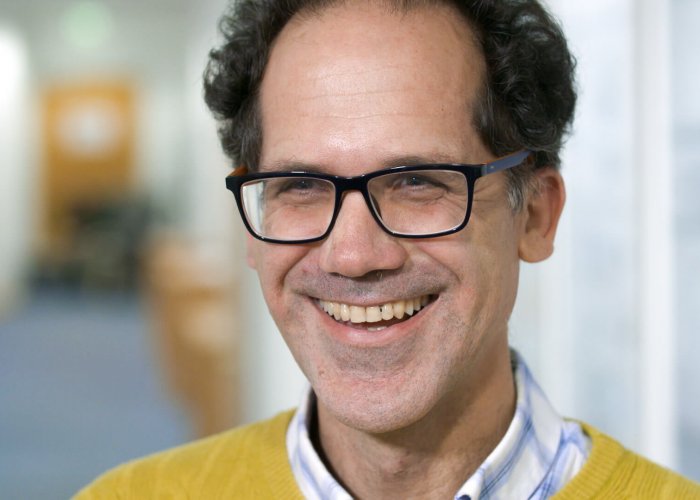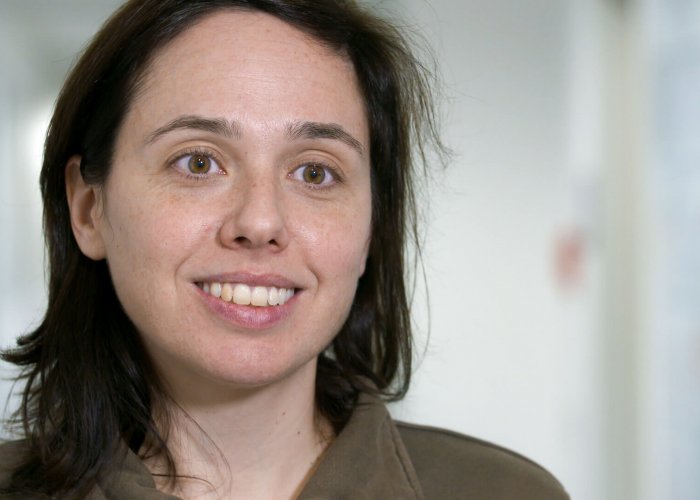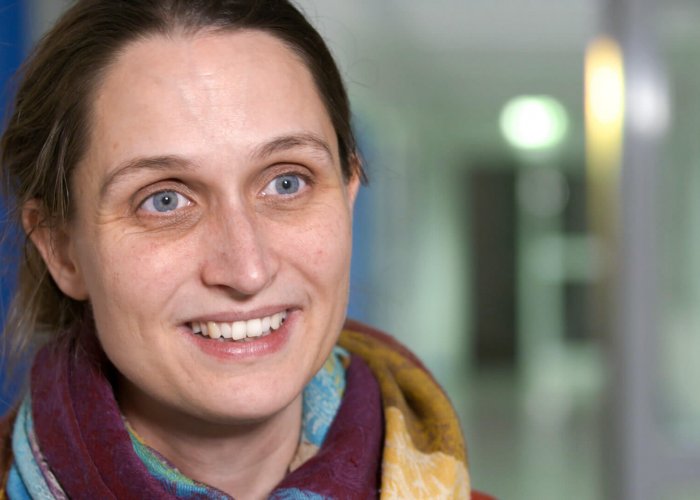Off the beaten track
GRECO researchers tackle new challenges in photovoltaic research
Perovskite solar cells are a prodigy among their fellow photovoltaic materials: Used as a layer on top of a silicon solar cell, they can boost their efficiency beyond 30 percent. Such solar cells also happen to be cheap and easy to manufacture. This has made them the fastest-advancing solar technology to date. Scientists of the EU-funded research project GRECO are now trying a new approach to create perovskite/silicon tandems.
Dr. Elisa Antolín leads the research on perovskites at the Silicon and new concepts for solar cells Group at the Instituto de Energía Solar, Universidad Politécnica de Madrid (UPM).
Dr. Antolin and her team are part of the research project GRECO, which aims – among others – to create six cutting-edge photovoltaic products.
“One of our main goals within GRECO is to significantly increase the efficiency of solar cells. So we are looking for a truly innovative concept.”
Dr. Elisa Antolín
Currently, two-terminal and four-terminal silicon-perovskite tandems are being developed worldwide. But GRECO-researchers are looking further.


GRECO is coordinated by Dr. Ana Belén Cristóbal López and Prof. Carlos del Cañizo Nadal from the same institute at UPM. GRECO started in June 2018 and will run until May 2021. It is based on three pillars: Open Science, Citizen Science and Innovative Research.
GRECO is on top of core ecological, political and societal requirements within the EU and worldwide.
“GRECO will set an example on how to implement Open Science in photovoltaics and how to transfer this knowledge to other research fields.”
Dr. Ana Belén Cristóbal López
GRECO is also perfectly in line with the EU Strategic Energy Technology Plan (SET). The SET plan promotes research and innovation across Europe by supporting the most impactful technology towards a transition to a low-carbon energy-system. On a global level, GRECO also contributes to the action plan of the 2015 Paris Agreement, which aims at reducing emissions to limit global warming to 1.5° Celsius.
And, very drastically, the results of the EU Special Eurobarometer 435 of November 2015 reveal that almost half of all Europeans think climate change is one of the world´s most serious problems. Therefore, GRECO researchers need to come up with a solution for high-efficiency solar cells.


Dr. Elisa Antolín closely cooperates with Dr. Eva Unger at the Helmholtz Zentrum in Berlin. Dr. Unger heads the Young Investigator Group Hybrid Materials Formation and Scaling. They are also part of GRECO and experts in perovskite solar cells. Both Elisa Antolín and Eva Unger are currently bringing a brilliant idea to life: They will develop a prototype of a three-terminal perovskite-silicon tandem.
“This is an entirely new approach because we are not aiming for two-terminal or four-terminal tandems. These are already well established with performance beyond 27 percent. The three-terminal tandem may boost the performance of conventional silicon devices potentially beyond 30 percent !”
Dr. Eva Unger
Tandem solar cells in general are more efficient because the different materials, like perovskites and silicon, absorb complementary fractions of sunlight. Thus, they generate more electricity than the plain silicon ones and can be used as an “add-on” layer on top of existing silicon cells. To match the current silicon solar cell technology, perovskite solar cells need to last up to 25 years.
However, the three-terminal concept is cutting-edge, but challenging to implement.
In simple terms, a solar cell functions like a battery: There is always a positive and a negative contact. The electrons within the cell are extracted at the negative pole and returned to the positive. In between, their potential gives rise to electricity.
In a two-terminal tandem, two cells with the identical electrical charge are stacked “plus to minus”. In a four-terminal tandem, the power from the individual solar cells are extracted independently. The benefit: Higher efficiency.
In a three-terminal cell, the two solar cells are connected “plus-to-plus” or “minus-to-minus”. In a two-terminal tandem, the device generating the lower current will restrict the overall performance of the tandem device. Three-terminal devices do not have this restriction, which means even higher efficiency.
But the three-terminal cell requires the design of a highly conductive and also very transparent intermediate contact layer at which current can be extracted efficiently.
And there is another challenge: How can the production of the perovskite-silicon tandems be scaled up efficiently? The solution is high-tech, yet simple: A special printer does the trick.
“With an ink-jet printer, which is similar to the ones you might know from your home office, we are printing the material also to larger areas to make it compatible with square metres of silicon solar cell technology.”
Dr. Eva Unger
At the end of May 2021, the GRECO researchers will present the results of their research on three-terminal perovskite-silicon tandems and thus contribute to solving not only a technical, but a global problem.
Written by Dr. Eva Unger, Dr. Ana Belén Cristobal López & Regina Schwald

In a nutshell:
GRECO is a multinational, EU-funded project. Its main goal is putting Open Science and other Responsible Research and Innovation (RRI) approaches into action in a real research project in the photovoltaic sector.
Coordinators:
Dr. Ana Belén Cristóbal López and Prof. Carlos de Cañizo Nadal, Universidad Politécnica de Madrid (UPM), Instituto de Energía Solar

